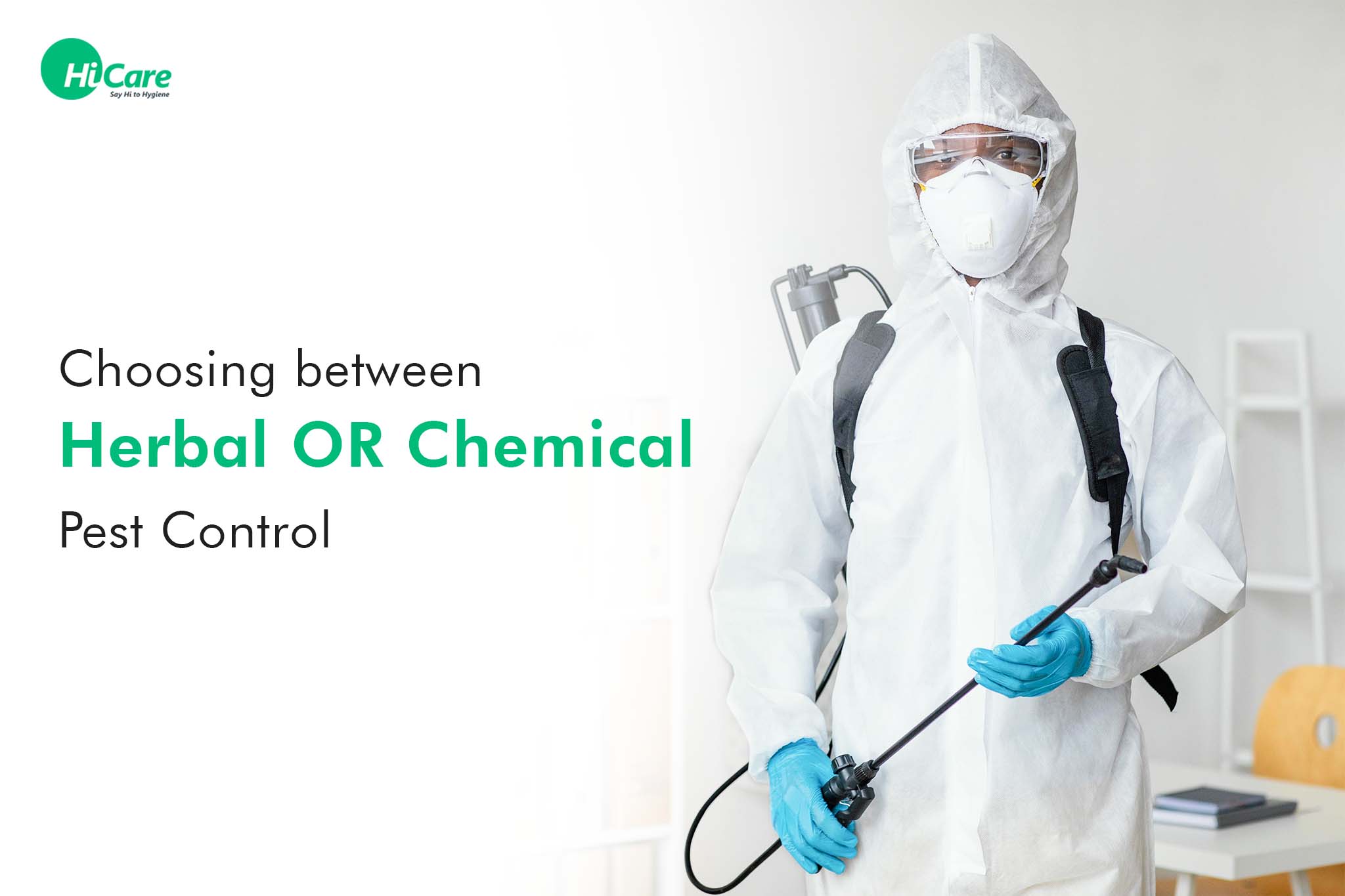Bed Bug Therapy Breakdown: Comparing Chemical Vs. Non-Chemical Solutions
In the world of insect control, specifically when taking care of the persistent problem of bed pests, the option in between chemical and non-chemical therapy remedies can be a pivotal one. Both approaches use distinct benefits and disadvantages, affecting variables such as effectiveness, security factors to consider, and general price. By taking a look at the nuanced details of each technique, a clearer understanding of which course to go after in dealing with a bed pest infestation can be acquired.
Effectiveness of Chemical Treatments
Chemical therapies for bed bug invasions have actually been widely identified for their potent and rapid efficacy in eliminating these bugs. When thinking about the performance of chemical treatments, it is vital to comprehend that they can supply a fast and detailed solution to a bed pest trouble.
Moreover, chemical therapies have the advantage of supplying residual results, suggesting that they can proceed to eliminate bed insects even after the first application. This recurring action is specifically valuable in combating any possible re-infestations. Furthermore, the quick activity of chemical treatments can bring relief to people encountering serious bed insect invasions, enabling them to restore control of their space quickly.
Safety Concerns With Chemical Solutions
One vital facet that needs mindful consideration when using chemical services for bed insect therapy is making sure the safety and security of owners and the environment. While chemical therapies can be efficient in eliminating bed insects, they might pose threats if not managed appropriately. Among the main safety and security problems with chemical remedies is the prospective damage they can trigger to human health and wellness. Direct exposure to particular chemicals used in bed pest therapies can result in breathing issues, skin irritation, or other unfavorable responses, specifically in people with pre-existing problems or level of sensitivities. Furthermore, inappropriate application or dosage of chemical pesticides can cause harmful deposits sticking around in the treated location, posturing long-term health dangers to residents.
Additionally, the ecological effect of chemical solutions is an additional significant consideration. Some chemicals utilized in bed bug therapies might be unsafe to valuable bugs, wild animals, and ecological communities if they leach right into the dirt or water supply. It is vital to utilize chemical treatments deliberately, adhering to safety and security guidelines, and thinking about much less poisonous alternatives to reduce these risks and make sure the efficient and secure administration of bed bug problems.
Benefits of Non-Chemical Strategies
Thinking about the potential security concerns and ecological effect connected with chemical options for bed bug therapy, checking out non-chemical strategies offers a promising alternative with several unique advantages. Non-chemical techniques offer a more secure option for families, specifically those with individuals, youngsters, or animals delicate to extreme chemicals. These techniques remove the risks of direct exposure to poisonous materials, reducing the potential for damaging health results. Moreover, non-chemical therapies are eco-friendly, as they do not add to air or water air pollution, making them a lasting selection for insect control.
Additionally, non-chemical services can be effective in targeting bed insects, consisting of hard-to-reach locations where chemical treatments might not penetrate - A1 bed bug treatment in charlotte. Techniques such as warmth therapy, vacuuming, steam cleansing, and cushion encasements provide thorough elimination without the usage of harmful chemicals.
Limitations of Non-Chemical Treatments

In addition, non-chemical therapies frequently need numerous applications to achieve successful eradication. This can be taxing and may not constantly guarantee total removal of all bed pests and their eggs, particularly in hard-to-reach or surprise locations.
Additionally, the success of non-chemical therapies greatly depends on proper implementation and thoroughness, which can be challenging for individuals without specialist competence. Inadequate application of Look At This non-chemical methods might lead to incomplete obliteration, leading to consistent infestations and the need for extra therapies.
As a result, while non-chemical therapies have their advantages, it is vital to acknowledge these constraints and consider them when identifying one of the most effective strategy for handling bed insect problems.
Cost Comparison: Chemical Vs. Non-Chemical Options
Provided the limitations connected with non-chemical treatments, an essential aspect to examine in the context of bed pest monitoring is the expense contrast between chemical and non-chemical alternatives. Chemical treatments typically include the application of insecticides by experts, which can vary from $250 to $900 per room, depending upon the intensity of the problem and the dimension of the location to be treated. On the other hand, non-chemical purpose of pest control treatments like heat therapy or vapor can be more expensive, with prices varying from $1,000 to $6,000 for a whole home. While the first expense of chemical therapies might appear reduced, several treatments might be called for to completely remove the invasion, potentially raising the total expense. On the other hand, non-chemical options might provide a more lasting and eco-friendly remedy, although they can be cost-prohibitive for some individuals. Eventually, when thinking about the price of bed insect therapy alternatives, it is vital to weigh the in advance expenses against the effectiveness and long-lasting sustainability of the selected approach.
Final Thought

Taking into consideration the potential safety concerns and environmental influence linked with chemical remedies for bed insect therapy, exploring non-chemical techniques provides a promising choice with a number of distinctive advantages.Given the you can find out more constraints linked with non-chemical treatments, a necessary element to evaluate in the context of bed pest administration is the cost comparison in between chemical and non-chemical alternatives. In comparison, non-chemical treatments like warmth treatment or steam can be much more pricey, with prices varying from $1,000 to $6,000 for a whole home. While the first expense of chemical therapies may seem reduced, several therapies may be called for to fully get rid of the infestation, possibly enhancing the general cost.In conclusion, when comparing chemical and non-chemical bed insect treatment choices, it is crucial to consider effectiveness, security, advantages, limitations, and expense.